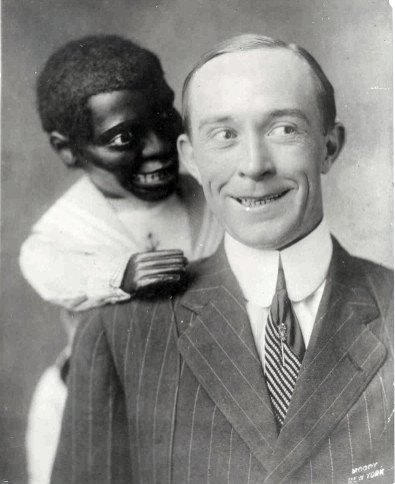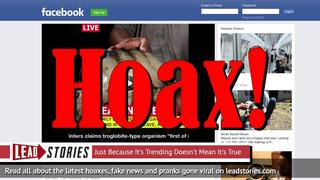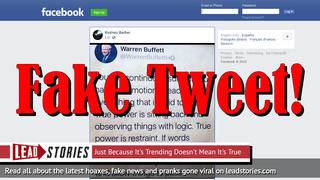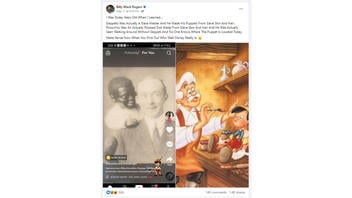
Does the "real" story of Pinocchio include the details that Gepetto was a slave master who made a puppet from the skin and hair of human slaves? No, that's not true: The fictional story is about a puppet made from an enchanted piece of wood. Gepetto was not a slave master. The story was written by Carlo Collodi in installments for the Italian pamphlet "Il Giornale per i bambini" beginning in 1881 and predates Walt Disney's 1940 animated adaptation of the story.
The claim appears in a post (archived here) on Facebook by Billy Mack Rogers on May 11, 2024. The post was captioned:
I Was Today Years Old When I Learned....Geppeto Was Actually A Slave Master And He Made His Puppets From Slave Skin And Hair. Pinocchio Was An Actually Posssed Doll Made From Slave Skin And Hair And He Was Actually Seen Walking Around Without Geppeti And No One Knows Where The Puppet Is Located Today.Make Sense Now When You Find Out Who Walt Disney Really Is.
This is what the post looked like on Facebook at the time of writing: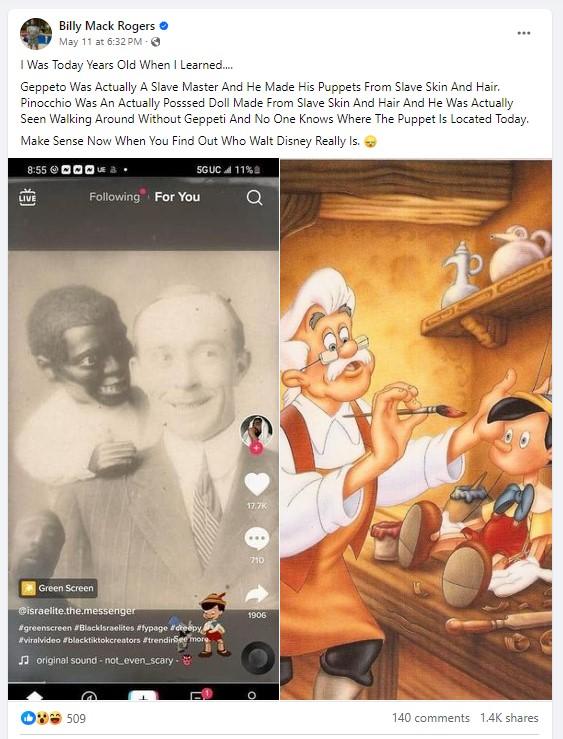
(Source: Facebook screenshot taken on Tue May 14 20:14:05 2024 UTC)
The post has two images: Pictured above right is Gepeto in his workshop painting some finishing touches on Pinocchio. This image is quite close to the scene as it appeared in the 1940 animated Disney film, but is a more recent rendering for a children's book by the illustrator Phil Wilson. Pictured above left is a screenshot from a TikTok video by @israelite.the.messenger. That video is no longer available, but a copy was reposted on YouTube on May 23, 2022. At 35 seconds into that video the false narrative about the original story was introduced:
The so-called Geppetto would take the skin and hair of slaves to make his dolls. But the so-called Pinocchio would be seen walking and talking without his maker. No one knows where Pinocchio is located today.
(Source: thenumber4.com screenshot taken on Tue May 14 23:30:20 2024 UTC)
The central photo used in the @israelite.the.messenger video (pictured above) has been widely circulated on the internet, but Lead Stories was unable to find any background information about the photo, when it was taken or who the ventriloquist in the picture is. There is a studio mark in the lower right corner that appears to say "Moody New York." Using Google, Yandex and TinEye reverse image search engines, the earliest copy we identified thanks to a tip from the variety blog monkeygoggles.com was posted on Flickr on February 27, 2009, captioned only "ventriloquist & dummy." That led to an even older instance, posted on an 18+ Flickr account on July 13, 2008. In the early 2010s this image made the rounds in creepy-themed clickbait listicles such as "Portraits of Vaudeville Ventriloquist Dummies" on thenumber4.com and "24 Creepy Vintage Photos That Will Haunt Your Dreams" on cabinetofcuriosities.ca. Lead Stories was unable to find any information about this image, which includes any information suggesting that it is in any way linked to the story of Pinocchio.
'La storia di un burattino' (The Story of a Puppet)
The original 1881 story of Pinocchio contains some cruel plot twists that might not align with today's sensibilities for children's literature, but there is nothing in the story suggesting that Gepetto was a slave master or that the mischievous wooden puppet was made with the skin and hair of human slaves. A brief summary can be found here at the World Encyclopedia of Puppetry Arts. Digital scans of the story, in Italian and translated to English, can be "borrowed" on an hourly basis from the Internet Archive to logged-in users (free).
These digital scans can be searched by keyword. The English translation does not contain the word slave or slave master. There are many references to hair, mostly to the "lovely girl with blue hair" or the "little fairy with blue hair." As far as Pinocchio's hair, in chapter XXIII on page 78 it reads:
Poor Pinocchio! He even tried to tear his hair, but as it was only painted on his wooden head, he could not even pull at it.
There is also mention of something being made from skin, but this chapter does not match the gruesome fabricated claim from @israelite.the.messenger. In chapter XXXIII on page 124 of the fictional story, Pinocchio turns into a donkey who becomes lame while performing at a circus. In chapter XXXIV he is sold to a man who wants to turn the donkey's hide into a drumhead. Tying a rope to the donkey's leg, the man pushes it off a cliff to drown. Rather than drowning, the donkey reverts back to the form of a wooden puppet and after a long conversation with the man who just tried to kill him says:
'Very well, sell me. I don't mind.' said Pinocchio, but as he spoke, he quickly dived into the sea. Swimming away as fast as he could, he cried out laughing, 'Goodbye, master. If you ever need a skin for your drum, think of me.' He swam on and on. After a while , he turned around again and called louder than before, 'Goodbye, master. If you ever need a piece of good dry firewood, think of me.'

